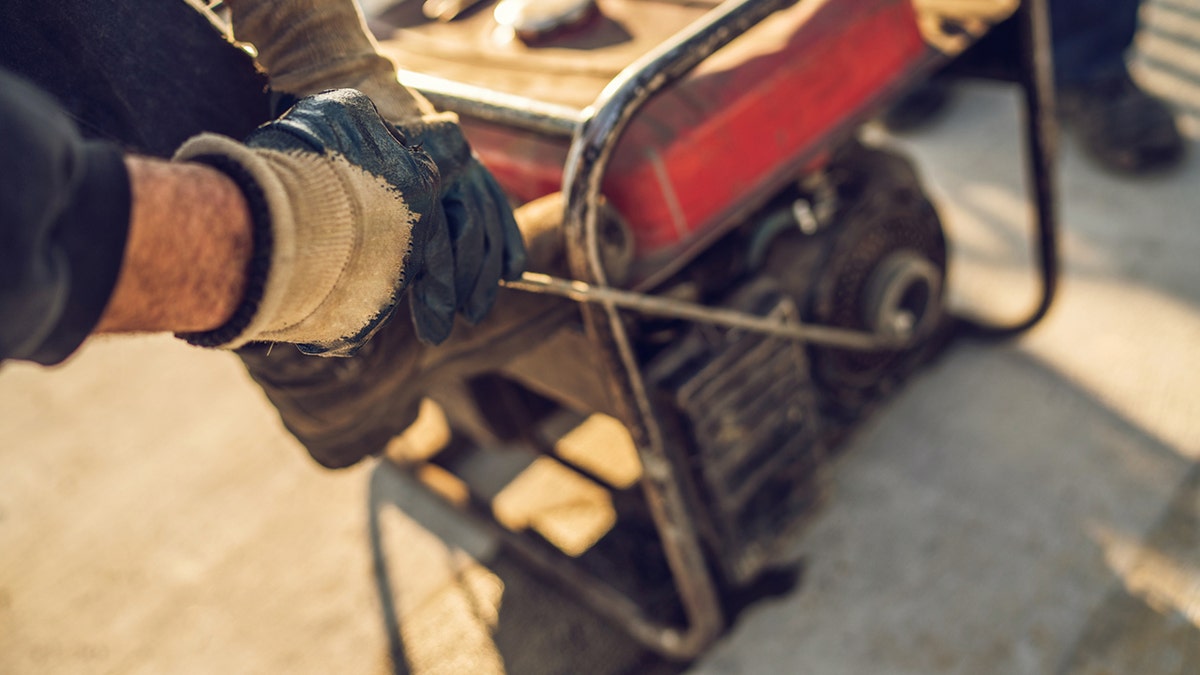
Don't take chances — learn how to properly operate your gas generator for the sake of your home and family. (iStock)
Generators can be a real lifesaver. But used improperly, they can be a killer, too. Carbon monoxide and electrocution hazards are real dangers if you don’t know what you’re doing.
Here are a few of the most important things to keep in mind:
Never operate a generator in or too close to your house
Generator manufacturers warn you over and over about the dangers of carbon monoxide poisoning. Yet every year, people die from running their generators in their garage or too close to their house. The manufacturers aren’t kidding. You can’t run your generator in your garage, even with the door open. And you can’t run it under your eaves either. Yes, it’s a pain to move it away from the house and run longer extension cords. And yes, you’ll have to stand in the rain to refill the unit. But it’s better than bringing harm to your family.
More From Family Handyman
Never "backfeed" power into your home
The Internet is filled with articles explaining how to “backfeed” power into your house with a “dual male-ended” extension cord. But that’s horrible advice and you shouldn’t follow it. Backfeeding is illegal — and for good reason. It can (and does) kill family members, neighbors and power company linemen every year. If you really want to get rid of all those extension cords, pony up the few hundred bucks for a transfer switch. Then pay an electrician to install it. That’s the only safe alternative to multiple extension cords. Period.
Let the generator cool down before refilling
Generator fuel tanks are always on top of the engine so they can “gravity-feed” gas to the carburetor. But that setup can quickly turn into a disaster if you spill gas when refueling a hot generator. Think about it — if you spill fresh gas onto a hot engine and it ignites, you’ve got about 8 more gallons of gas sitting right above the fire. Talk about an inferno! It’s no wonder generators (and owners) go up in flames every year from that little mistake. Spilling is especially easy if you refill at night without a flashlight. We know you can go without power for a measly 15 minutes, so cool your heels while the sucker cools down.
Store and pour safely
Most local residential fire codes limit how much gasoline you can store in your home or attached garage (usually 10 gallons or less). So you may be tempted to buy one large gas can to cut down on refill runs. Don’t. Because, at 6 pounds per gallon, there’s no way you can safely hold and pour 60 pounds of gas without spilling. Plus, most generator tanks don’t hold that much, so you increase your chances of overfilling. Instead, buy two high-quality 5-gallon cans. While you’re at it, consider spending more for a high-quality steel gas can with a trigger control valve (Justrite No. 7250130 is one example).
Run it on a level surface
Many small generators have “splash” lubrication systems with crankshaft “dippers” that scoop up oil and splash it onto moving parts. That system works well if the unit is on level ground. But if you park the generator on a slope (usually more than 10 degrees), the dippers can’t reach all the oil, and some engine parts run dry. That’s a recipe for catastrophic failure. So heed the manufacturer’s warnings and place your generator on a level surface. If you don’t have a level spot, make one. That advice holds true even if you have a pressurized lubrication system.
For five more tips, continue reading the original article at Family Handyman.







































